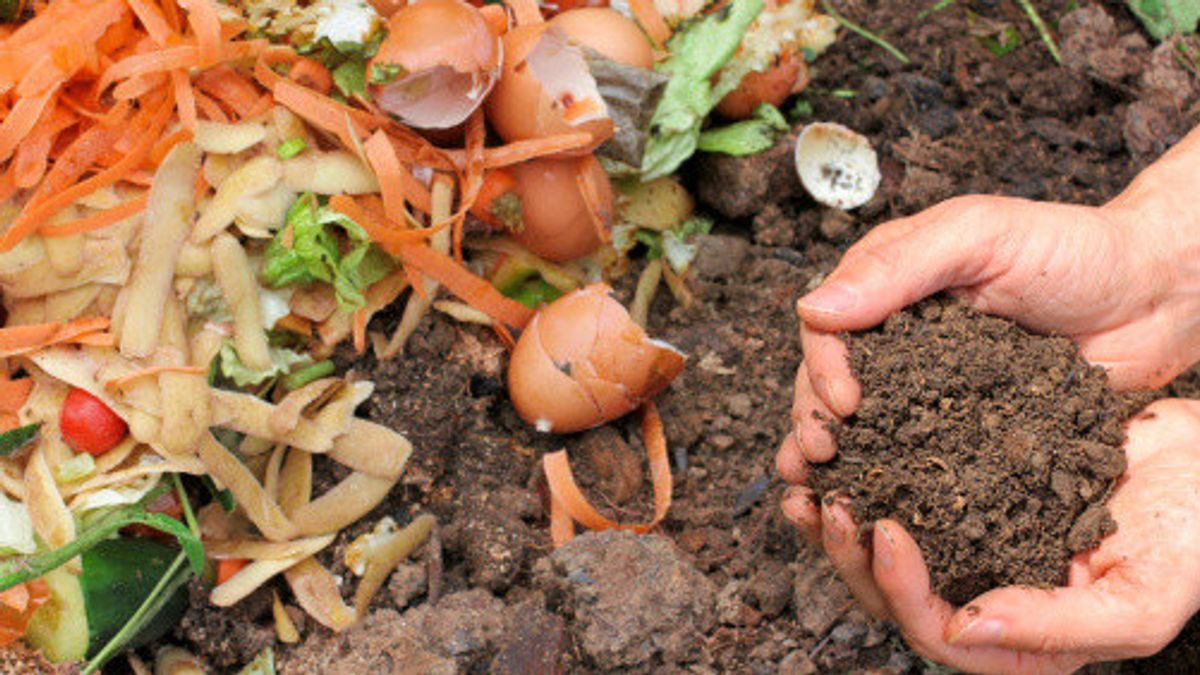YOGYAKARTA – Some leftover food in the kitchen can be used as plant fertilizer. Most commonly known are banana peels or other fruits. But this one may be a little different, namely fish bones. What makes fish bones good for fertilizing plants? Here's an explanation and how.
If one day you cook or serve fish menu, don't throw away the remaining bones. The bones on the head or the spines are familiar to planters to be used as fertilizer. Even horticulturists in America often bury fish in their plant growing media.
To use fish bones, you can make your own fertilizer. Citing the Gardening Channel page, Tuesday, June 14, fish bones can be ground or crushed first. Can also be placed directly into the hold. However, this second method risks spreading a pungent odor or being dug up by animals around the house.
If possible, bury the remaining bones deep. If you don't want to bury the rest of the fish, you can make your own fish emulsion. The third way to use fish residue is to mix it with compost. Also add nitrogen in it along with other compost minerals.

Not only fish bones, other unused parts can also be used as plant fertilizer. These parts include the intestines, liver, gallbladder, heart, fins, tail, scales, and gills.
According to Kimberly Coelho, an experienced gardener and organic vegetable farmer for more than a decade, healthy soil can be a medium for healthy and delicious plants to grow. Reported by Fishful Future, Native Americans recognize the secrets stored in the body of fish so that the remaining consumption is used as fertilizer. Indigenous Americans put a small fish to grow corn. The fish are covered with soil along with corn seeds. Throughout the growing season, the fish slowly rot and feed the plants until harvest.
Fish remains that are used as fertilizer provide nitrogen and other healthy nutrients for plants. Meanwhile in Korea, it is known as the Korean Natural Farming method which was popularized by Master Han-Kyu Cho using a technique that has been used for hundreds of years. The technique is similar to that of Indigenous Americans. They put the fish into a fermented mixture that is rich in nitrogen, protein, amino acids and micronutrients.
Interested in using leftover food, especially fish leftovers, at home? It's quite easy. Besides being able to fertilize the soil, you have also contributed to optimally managing household waste.
The English, Chinese, Japanese, Arabic, and French versions are automatically generated by the AI. So there may still be inaccuracies in translating, please always see Indonesian as our main language. (system supported by DigitalSiber.id)








